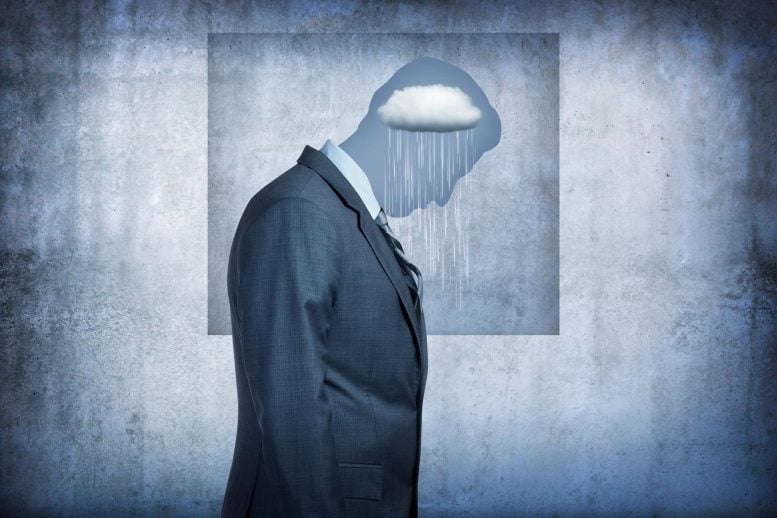
Depression is a complex mental health disorder characterized by persistent feelings of sadness, hopelessness, and a lack of interest or pleasure in activities. Studies estimate that approximately 264 million people of all ages experience depression, making it one of the most prevalent mental illnesses globally.
Clinical depression is a common psychiatric condition with often devastating consequences. A new study in Biological Psychiatry, published by Elsevier, enhances our fundamental understanding of the brain’s neural networks associated with depression.
Depression treatment is complex due to the disease’s remarkable diversity and intricacy. Drugs for depression are accessible, yet a third of patients do not react to these primary medications. Other interventions, such as deep brain stimulation (DBS), have demonstrated potential in offering significant relief to patients, but past results have been inconsistent. To develop more tailored treatments and enhance patient outcomes, there’s a need for a deeper grasp of the neurophysiological underpinnings of depression.
Led by Sameer Sheth, MD, Ph.D., at Baylor College of Medicine, together with Wayne Goodman, MD, and Nader Pouratian, MD, Ph.D., the researchers collected electrophysiological recordings from prefrontal cortical regions in three human subjects, all of whom experienced severe treatment-resistant depression.
The prefrontal cortex plays a significant role in psychiatric and cognitive disorders, influencing one’s ability to set goals and form habits. These highly evolved brain regions are particularly difficult to study in non-human models, so data collected from human brain activity are particularly valuable.
The researchers made electrophysiological recordings of neural activity from the surface of the brain using implanted intracranial electrodes, and they measured each participant’s depression severity for nine days. The patients were undergoing brain surgery as part of a feasibility study for treatment with DBS.
The researchers found that lower depression severity correlated with decreased low-frequency neural activity and increased high-frequency activity. They also found that changes in the anterior cingulate cortex (ACC) served as the best predictive area of depression severity. Beyond the ACC, and in alignment with the diverse nature of the pathways and symptoms of depression, they also identified individual-specific sets of features that successfully predicted severity.
“In order to use neuromodulation techniques to treat complex psychiatric or neurological disorders, we ideally need to understand their underlying neurophysiology,” Dr. Sheth said. “We are thrilled to have made initial progress in understanding how mood is encoded in human prefrontal circuits. As more such data become available, we will hopefully be able to identify which patterns are common across individuals and which are specific. This information will be critical in designing and personalizing next-generation therapies for depression such as DBS.”
John Krystal, MD, Editor of Biological Psychiatry, said of the work, “We now have a growing collection of approaches that can be applied to mapping the circuits and characterizing the neural codes underlying depression. This knowledge will guide next-generation brain stimulation treatments and inform the way we understand and treat depression, broadly.”
Reference: “Decoding Depression Severity From Intracranial Neural Activity” by Jiayang Xiao, Nicole R. Provenza, Joseph Asfouri, John Myers, Raissa K. Mathura, Brian Metzger, Joshua A. Adkinson, Anusha B. Allawala, Victoria Pirtle, Denise Oswalt, Ben Shofty, Meghan E. Robinson, Sanjay J. Mathew, Wayne K. Goodman, Nader Pouratian, Paul R. Schrater, Ankit B. Patel, Andreas S. Tolias, Kelly R. Bijanki, Xaq Pitkow and Sameer A. Sheth, 2 February 2023, Biological Psychiatry.
DOI: 10.1016/j.biopsych.2023.01.020

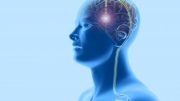
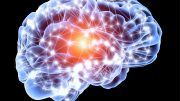
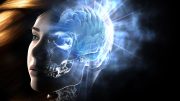

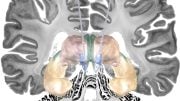
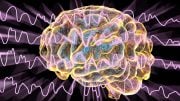
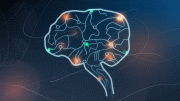
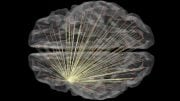
Seems that “depression” is the result of myriad causes from physical damage, social interactions, emotional makeup, diseases and other external and internal factors, each affected by many other factors, so a “once cure or one cause fits all” is illusory, but the continued studies and findings are reassuring.